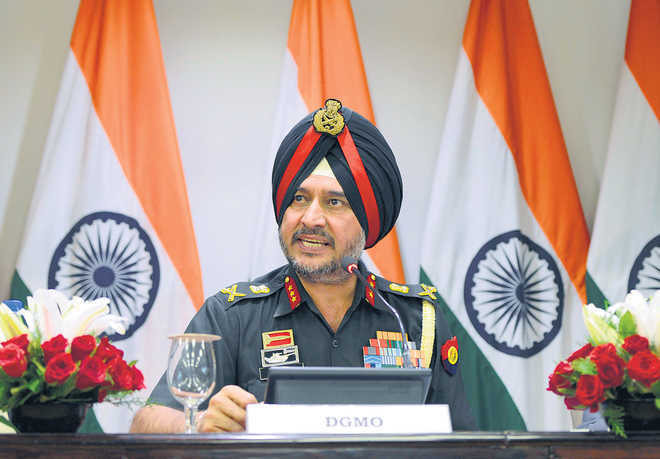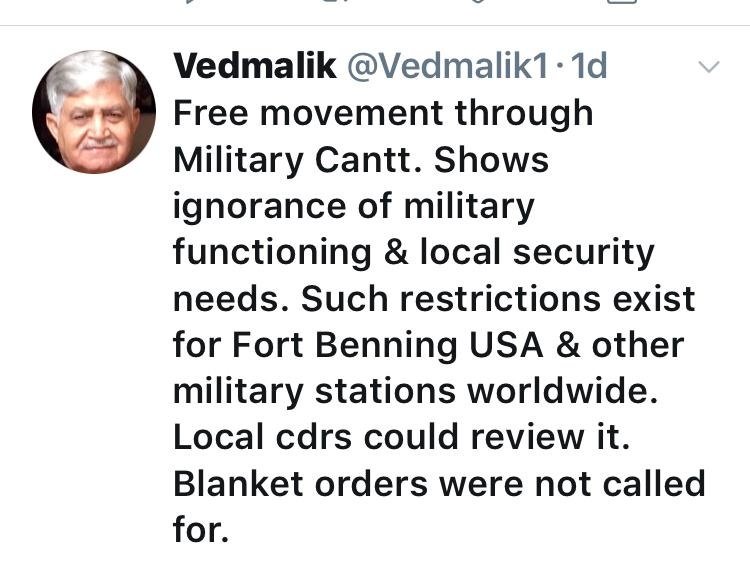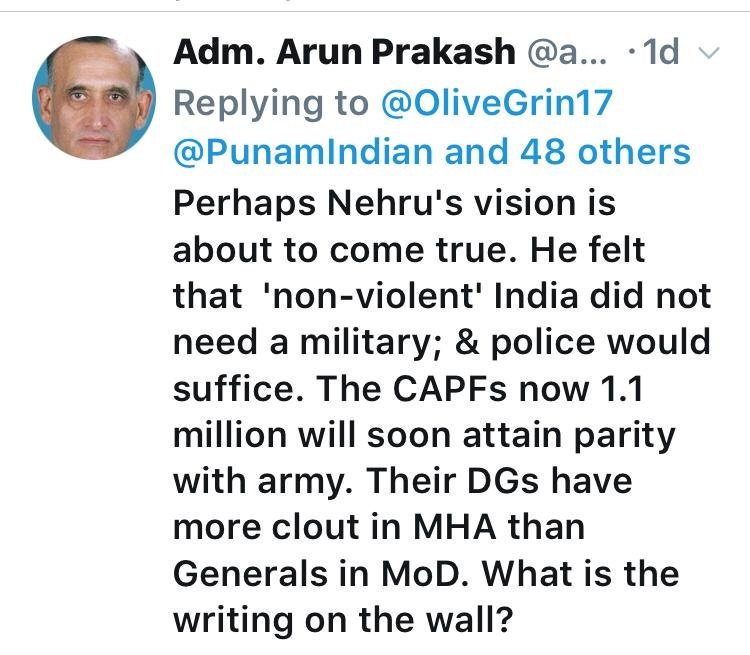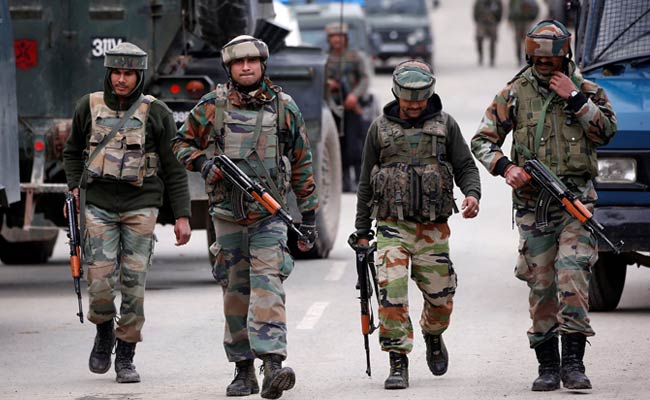Police say army has been asked not to hold Iftar parties in areas where there could be trouble
SRINAGAR: An
Iftar party held by the army at a village in Jammu and Kashmir as a goodwill measure ended with clash and gunfire yesterday. Four girls — all between 15 and 17 years old, sustained bullet injuries, the police said. They have been shifted to a hospital and their condition is stable.
The army had organised the Iftar party at DK Pora village in south Kashmir’s Shopian district. The event was part of the affirmative measures following the recent ceasefire announcement by the central government, meant to restore peace and goodwill in the valley.
The locals, however, refused to accept the biryani offered by the army. It led to chaos and clashes. Police said miscreants started throwing stones at the soldiers and the army opened fire, injuring four people.
“It’s unfortunate. It was a good gesture by the army, but it was not properly planned. I think the Iftar party could have been held inside the camp itself,” said SP Vaid, Director General of Jammu and Kashmir Police.
In large parts of Kashmir, relations between the security forces and locals are at an all-time low for the last few years. The security forces have often complained of people trying to foil counter-terror operations. There have been numerous incidents when mobs surrounded security forces — even when an encounter was going on.
The Iftar party was part of the affirmative measures following the recent ceasefire announcement by the central government
Since the clashes in 2016 following the killing of Hizbul Mujahideen operative Burhan Wani, over 200 civilians have been killed in security forces firing after clashes and thousands have been injured. The use of pellet guns has left over 1,500 people with eye injuries, according hospital records.
There have also been numerous attacks on police, paramilitary and army camps in Jammu and Kashmir over the last two years.
Because of the volatile situation and civilian casualties, it has become a challenge for the government to reach out to the locals amid the intermittent violence.
During his visit to Jammu and Kashmir last week, Prime Minister Narendra Modi had reached out to the people of Kashmir by saying that the Kashmir issue can be solved only by embracing Kashmiris.
“The Kashmir problem cannot be resolved through bullets or abuses. It can be resolved only by embracing every Kashmiri,” PM Modi had said.
Police sources say they have now asked the army not to organise Iftarparties in areas where they believe the locals could turn hostile.
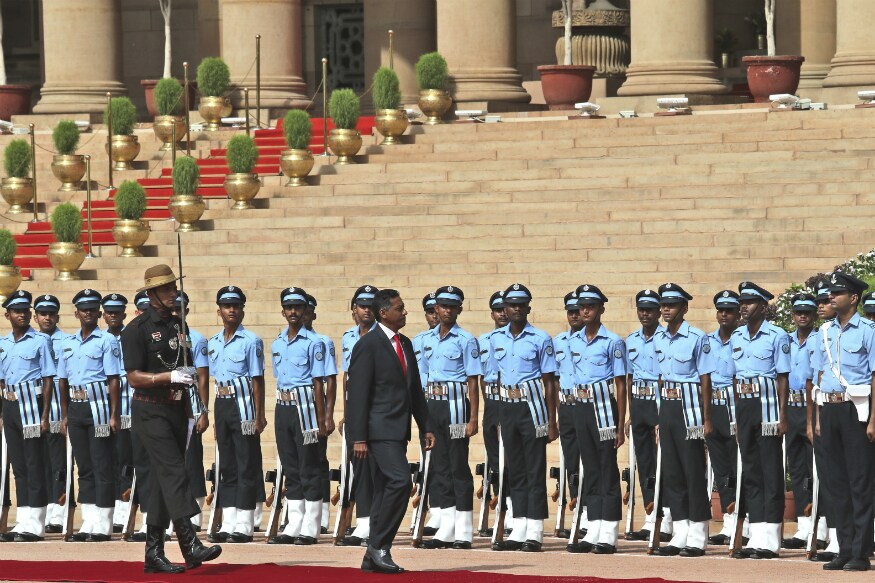






















































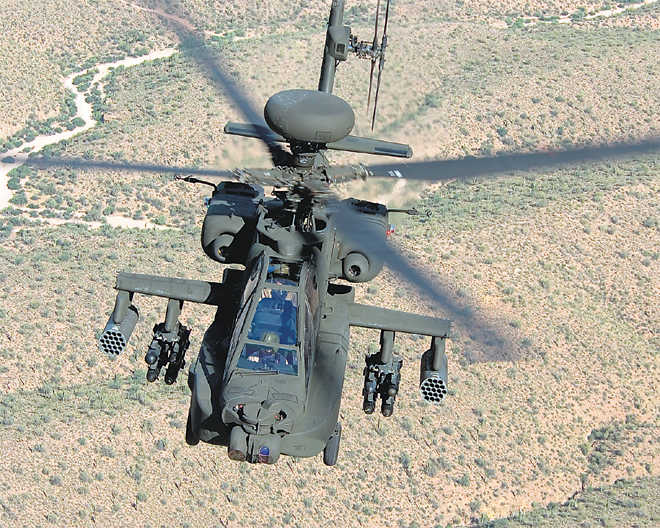

 PTI FILE
PTI FILE REUTERS
REUTERS